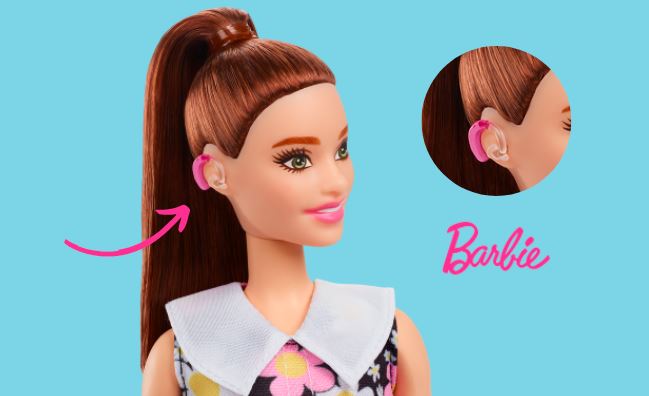Like most women my age, I grew up playing with Barbie dolls. My childhood afternoons were spent brushing Barbie’s hair, dressing her up in the latest fashions and taking her on a variety of adventures in my mind. All my friends did the same. Truth be told, we not only played with Barbie—we wanted to be Barbie. We coveted her long straight blond hair, her flashy convertible car, and her handsome boyfriend Ken.
When our looks differed from hers—maybe our hair was brown or curly or short—we felt less beautiful. We felt like we didn’t have a place. Like we weren’t included in the definition of perfection that Barbie represented. I’m sure my friends and I were not alone in feeling this way.
Representation Matters
So, when it came time to introduce my own young daughter to Barbie, I hesitated. My adult-self wondered why Barbie’s long blond hair was her primary personality trait? Why was she usually the nurse and rarely the doctor? Was this the type of toy I wanted for my daughter?
Thankfully, Mattel has taken steps over the years to bring Barbie into the modern era. Early this month, it took another important one—introducing a Barbie with hearing aids. Imagine the joy young hearing aid wearers must feel (and probably their parents too). They can finally look at their favorite toy and see themselves.
Thank you to Barbie for joining American Girl Doll in helping to reduce stigma about wearing hearing devices. Unlike popular culture for adults where hearing aids are still sometimes treated as the punchline of the joke (And Just Like That…, anyone?) pop culture for the younger set is increasingly embracing diversity and differences of all types.
This is good news for younger generations of hearing aid wearers who may not grow up internalizing the negative societal stigma about hearing devices in the same way that earlier generations did. At a minimum, they will see there is another way to handle hearing aids—loudly and proudly, rather than hidden in a curtain of shame.
Hearing Aids as Fashion Statement
Barbie’s behind-the-ear hearing aids are not invisible. They don’t try to match her skin tone or attempt to disappear into her flesh. Instead, they are bright pink, matching the jaunty color of her stylish boots. Rather than wearing her hair down to hide her hearing aids, she wears a high ponytail, so they are visible. Barbie’s hearing aids are meant to be seen and celebrated as if they were a fashion accessory.
I hope the future manufacturers of over-the-counter (OTC) hearing aids are taking notes.
Rather than discreet and invisible, the future of hearing devices may be bold! Fun colors and interesting form factors could increase their appeal—and at easier-on-the-pocket-book prices, owning more than one pair may be possible for some. Could OTC hearing aids evolve into a fashion accessory, like glasses have?
Children’s hearing aids already include a fashion element. They come in bright colors and with fun patterns that entice children to embrace them with pleasure. But once these children hit adulthood, the options narrow to a handful of discreet choices. Silver. Black. Beige. Yawn.
Fun and fashion might be a better way to go. If it’s good enough for Barbie, maybe it is good enough for the rest of us too.

Shari Eberts is a passionate hearing health advocate and internationally recognized author and speaker on hearing loss issues. She is the founder of Living with Hearing Loss, a popular blog and online community for people with hearing loss, and an executive producer of We Hear You, an award-winning documentary about the hearing loss experience. Her book, Hear & Beyond: Live Skillfully with Hearing Loss, (co-authored with Gael Hannan) is the ultimate survival guide to living well with hearing loss. Shari has an adult-onset genetic hearing loss and hopes that by sharing her story, she will help others to live more peacefully with their own hearing issues. Connect with Shari: Blog, Facebook, LinkedIn, Twitter.






